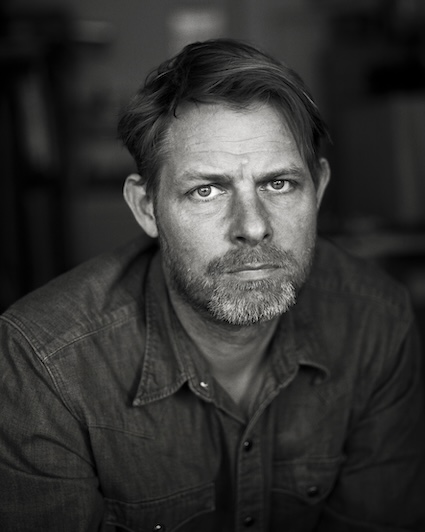
London’s bus routes are part of its psychological geography. Some have barely changed in a century: others have been introduced as the city has grown, communities have developed and to fill in gaps in the train and tube network.
The 343 bus runs from Aldgate in the City of London, the city’s financial district, over Tower Bridge and through inner-city south-east London to New Cross. The route passes through areas of great affluence, rapid gentrification and ongoing deprivation.
The 343 bus is the only public transport for people living and working along some sections of the route. Communities in north Peckham have lobbied their local authority, Southwark Council, and Transport for London, which runs the capital’s public transport, for years — protesting the fact that this centrally-located, high-density urban environment is poorly served by this single bus route.
When we decided to commission a new work of art in 2012, the North Peckham Residents’ Network suggested the lack of public transport as a possible topic. The network had collaborated with us and Sheffield-based artist David Cotterrell the year before, resulting in a film that addressed the way the area has changed, including conflicting attitudes to the demolition of the North Peckham Estate.
We invited Danish artist and filmmaker Nikolaj Bendix Skyum Larsen to take on the project. He eventually focused on the stories of some of the people who use the 343 bus route to make 343 Perspectives, a feature-length film which premiered at Peckham Space in September 2012.
The film consists of 47 video portraits of local residents, including Michael, a Paralympic athlete who was training to qualify for the Olympic Games in London that year, and Evans, a rapper who talked openly about his mental health struggles, but also about his determination to make a name for himself through music and poetry.







The film presents the portraits, interspersed with each other, in a random sequence, meaning no two viewings of the film are the same. Individual stories are told in several stages: each character’s story unfolds over the 93 minutes of the film. This absence of a single narrative reflects the multiplicity of perspectives in any ‘community’, and the impossibility of representing any community in a simple way. The approach is markedly different from stereotypical representations of the area in the media, which focus on Peckham as a site of drugs and crime.



Behind the scenes: why did we invite a Danish artist?
One of the debates around this project was the choice of artist: why did we invite a Danish artist for the commission? Why didn’t we choose an artist already based in the area?
An important part of Peckham Platform’s mission is commissioning and supporting the production of works of art that we believe are locally relevant but also internationally significant.
We also felt that Peckham’s location raised a complex set of cross-cultural social relations and racial tensions. To make a work of art addressing this would require a unique level of trust between the artist, the gallery and the local residents.
Larsen was chosen because he has worked with diverse communities in India, Dubai, Palestine, USA, Lebanon and Turkey. A 2009 film Rendezvous, shown at the prestigious Sharjah Biennial, explored the lives of Indian migrant workers in the United Arab Emirates, alongside the stories of their families living in Kerala. The work was well received, and Larsen was invited to make a work for the 2011 Folkestone Triennial, an important UK cultural festival. Promised Land followed the journeys of three migrants, Mohammed, Jafar and Hasan, from Iran to Folkestone, via Calais (surnames left off for the individuals’ privacy). The film was exhibited in a derelict building on Folkestone’s seafront.
When we invited Larsen to discuss our commission, it transpired he had lived in Peckham for several years while studying at the Slade School of Fine Art. He had also stayed in touch with Mohammed since the 2011 film. Mohammed lived in Peckham while the Home Office processed his case, before finally settling in Scotland. Larsen’s personal experience of the district convinced the panel he was already aware of some of the complex migratory dynamics in the communities surrounding the gallery.








